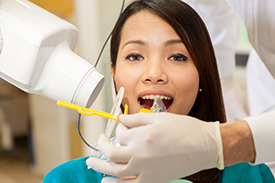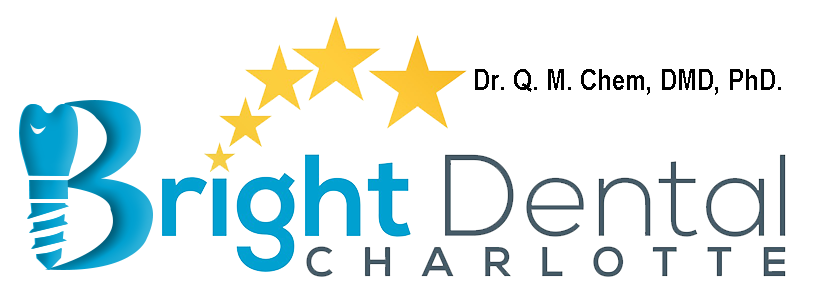Dental X-Ray
Dental technology has improved the way dentists practice their craft. Thanks to science, modern techniques allow patients to receive dental treatment without the pain and time associated with old-fashioned dentistry.
Dental technology is even being developed to make dental X-rays safer and more convenient.
While dental X-rays emit low amounts of radiation and every precaution is taken to protect patients from exposure, some dental patients may still put off dental X-rays for safety reasons.

Dental X-rays bring up other issues for patients, including the wait time for film to be developed and environmental concerns.
Dentists are addressing these issues with digital radiography, a high-tech replacement for traditional dental X-rays.
The physical process for digital radiography is actually similar to traditional dental X-rays that use film: With digital radiography, your dentist inserts a sensor into your mouth to capture images of your teeth — but that’s where the similarities between conventional and digital dental X-rays end.
Although it resembles the film used for bitewings and other X-rays, the digital sensor is electronic and connected to a computer. Once the X-ray is taken, the image is projected on a screen for your dentist to view.
